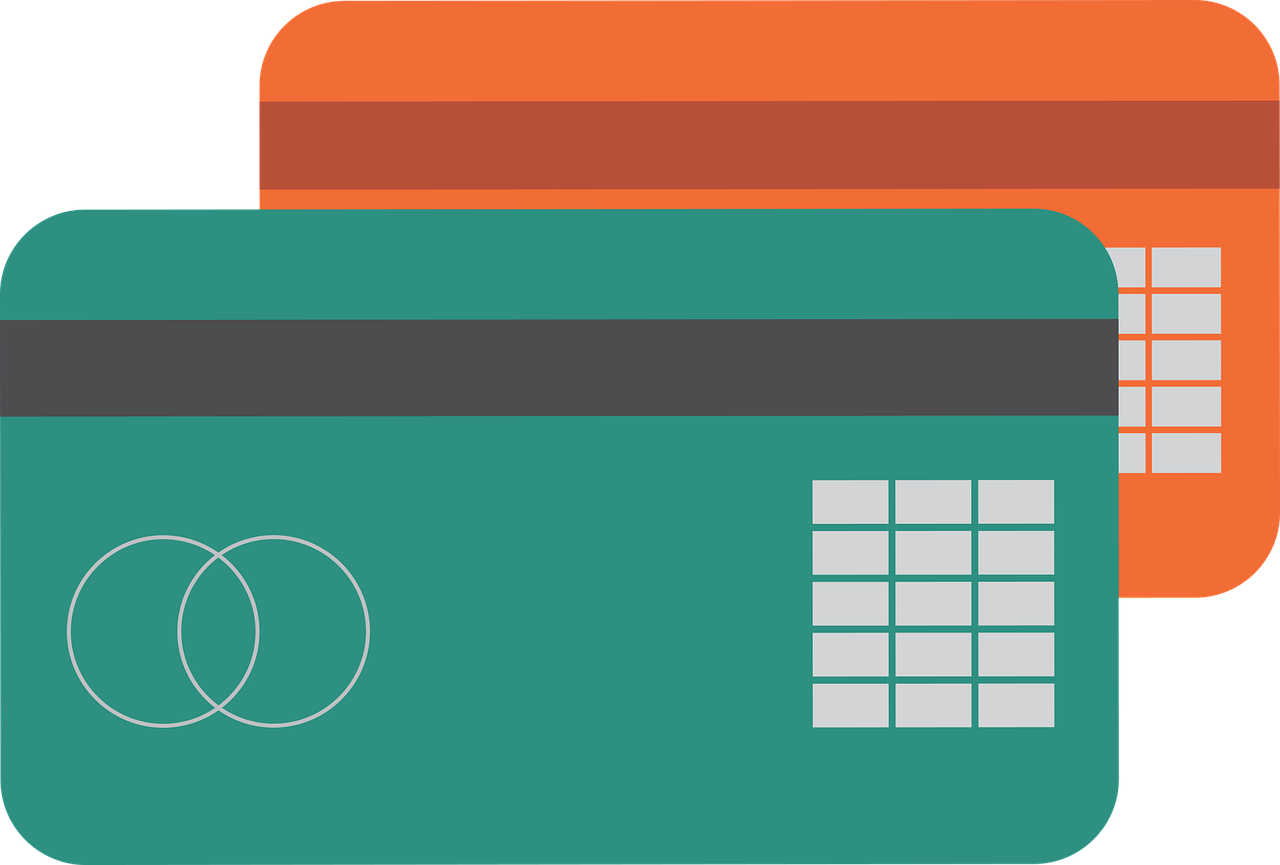How Personal Credit Cards Works
Personal credit cards serve as versatile financial tools that allow you to make purchases today while deferring payment until later. When approved for a personal credit card, you’re granted a credit limit, indicating the maximum dollar amount you can charge to your card. As you make purchases, your available credit diminishes, but with timely bill payments, your available credit rebounds.
With a personal credit card, you have the option to carry a balance from one month to the next, enabling you to make partial or minimum payments rather than paying the entire balance at once. However, it’s crucial to be aware of potential interest charges, determined by your card’s APR (annual percentage rate), as it effectively signifies the cost of borrowing money. Keep in mind that credit card interest comes into play only if you maintain credit card debt from month to month, so it’s advisable to strive for timely and complete balance payments whenever feasible.










